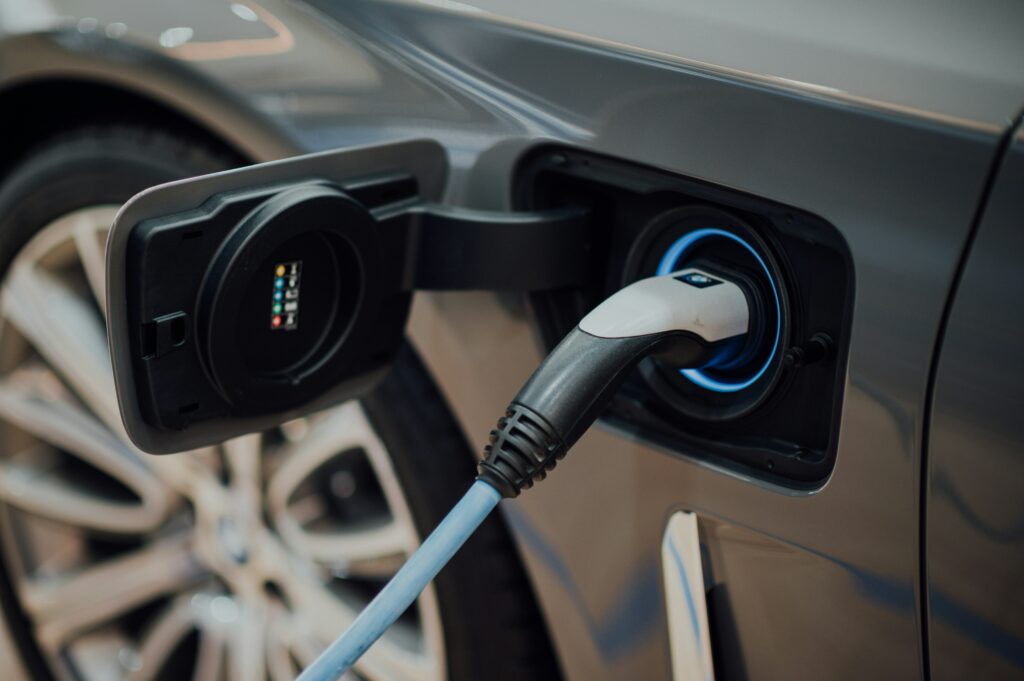Transitioning from traditional cars to driving electric vehicles (EV) is proving to be an attractive option for many UK residents thanks to various government incentives offered to those making the switch. It can also prove to be a cost-efficient solution to the rising petrol prices. Still, even with all the benefits that come with it, some may still feel unsure whether switching to EVs is the right move for them.
Here’s a quick overview of how to transition from a traditional car to an EV and the advantages of doing so.
Benefits of EVs
Switching from a gas-powered car to an EV can be quite beneficial for you in the long run. The foremost benefit is, of course, the savings it can afford you in the long run. In addition to not having to keep up with the rising gas prices, EVs are also cheaper to maintain than traditional cars. This is because it has fewer parts and doesn’t have an internal combustion engine that would require constant checkups. As such, you spend less from having to bring your car to a repair shop—and even when you do have to, maintenance for EVs still costs less.
Charging stations are also becoming more common in the UK, making them a more convenient and affordable way to power a vehicle. As such, many homeowners opt to have a Hypervolt EV charger installation (or their preferred EV charger brand) done at home to make fulfilling their EV’s charging needs simpler. This makes perceived worries about making the switch like range anxiety, a thing of the past.
Last but not least, switching to EVs lets you take advantage of rebates and tax benefits that come with purchasing one. This makes the switch much more economical. With so many EV models to choose from in the market—with there being specialised ones that cater to better performance or are more energy efficient—it’s now easier to choose the right car that suits your personal driving style.
Debunking EV Misconceptions
Some misconceptions about EVs often discourage people from transitioning from their traditional cars. By debunking these misconceptions, users who are still on the fence will likely find it easier to consider switching to EVs.

Photo by CHUTTERSNAP on Unsplash
Here are some common myths about electric vehicles:
1. EVs are not suitable for long drives.
This myth takes a jab at the range anxiety faced by EV drivers today, stating that an electric-powered vehicle can’t cover the same miles that a petrol-powered vehicle is able to. However, this can’t be farther from the truth, as EVs are capable enough of sustaining long drives, with many modern EV models capable of travelling from around 200 to 300 miles on a full charge.
2. EV charging is inconvenient and takes too long.
Whether it’s the lack of charging points or that it takes too long to fully charge an EV, this myth can certainly cause prospective EV users to worry. Both of these concerns are unfounded, however, as charging points are now readily available on the road and even at homes and offices. In fact, data provided by charging platform Zapmap showed that there were over 60,000 EV charging points in the UK as of May 2024.
Charging time can depend on various factors, such as battery capacity and the type of charging point being used, but there are many public fast-charging stations that can cater to anyone who’s running short on time. Moreover, with many homes nowadays having their own charging points, this can even be a non-issue, as the EV can just be charged overnight.
3. The electricity grid won’t be able to handle the majority of drivers switching to EVs.
Another purported concern about switching to EVs is that electricity grids won’t be able to cope with the increased demand, which may lead to power shortages. However, this shouldn’t be an issue, considering there are enough sources of energy to meet users’ demands. The same 2024 report from Zapmap stated that over 30,000 charging locations can cater to EV owners’ needs. Some EVs can even send excess power back to the grid when needed, which can further help alleviate worries.
There are other misconceptions about EVs today, but with diligent research, it’s easy to see that most of them are either false or issues that have been steadily remedied over time, such as range anxiety.
Making the Switch
Switching to EVs can be a seamless process, and there are also various ways to do so. When making the switch to EVs, make sure to shop around first to find a great deal. Here’s to hoping the points raised in this article can help make the transition from traditional to EV as smooth as possible.







Leave a Reply